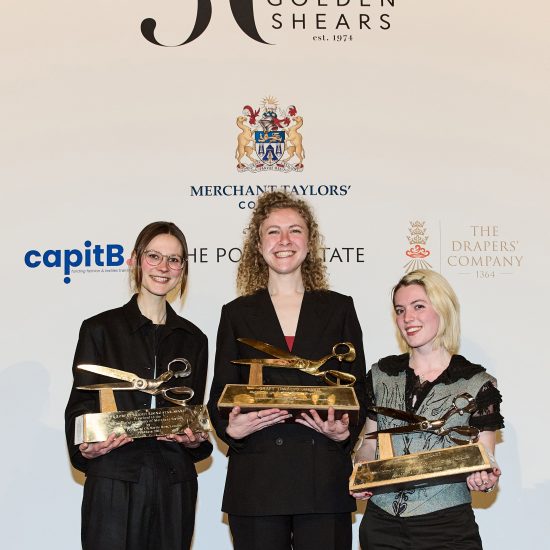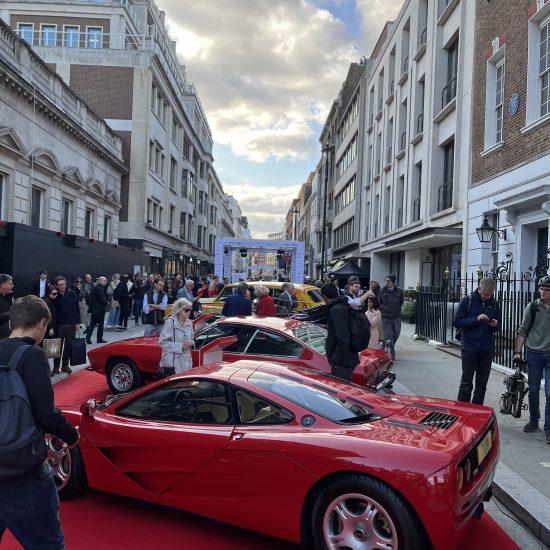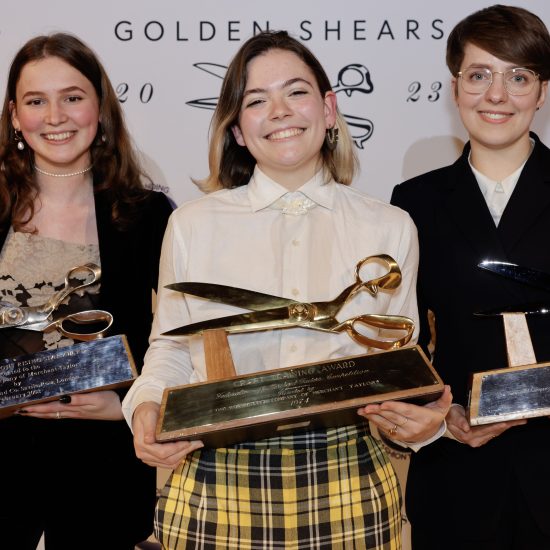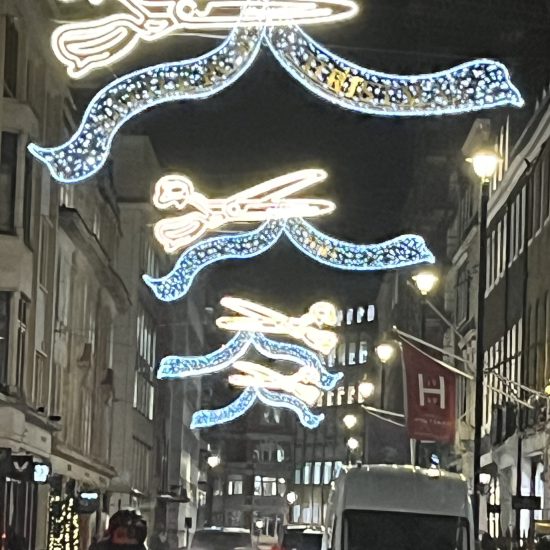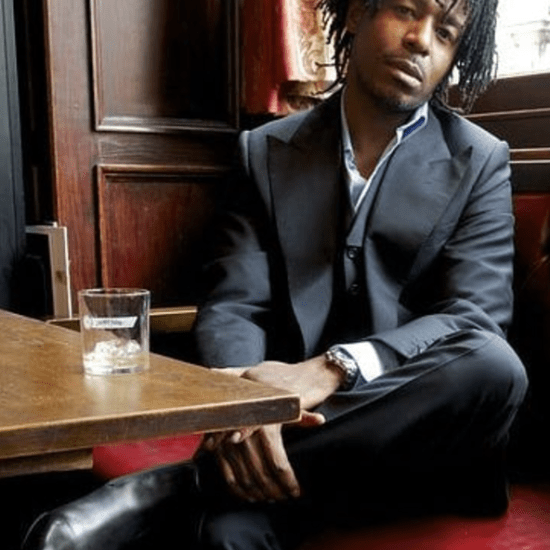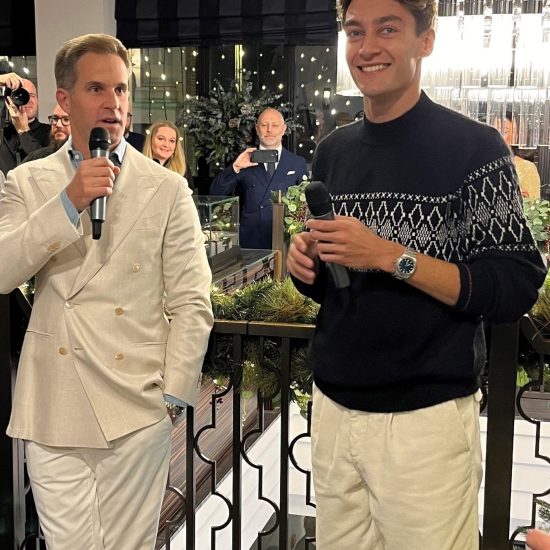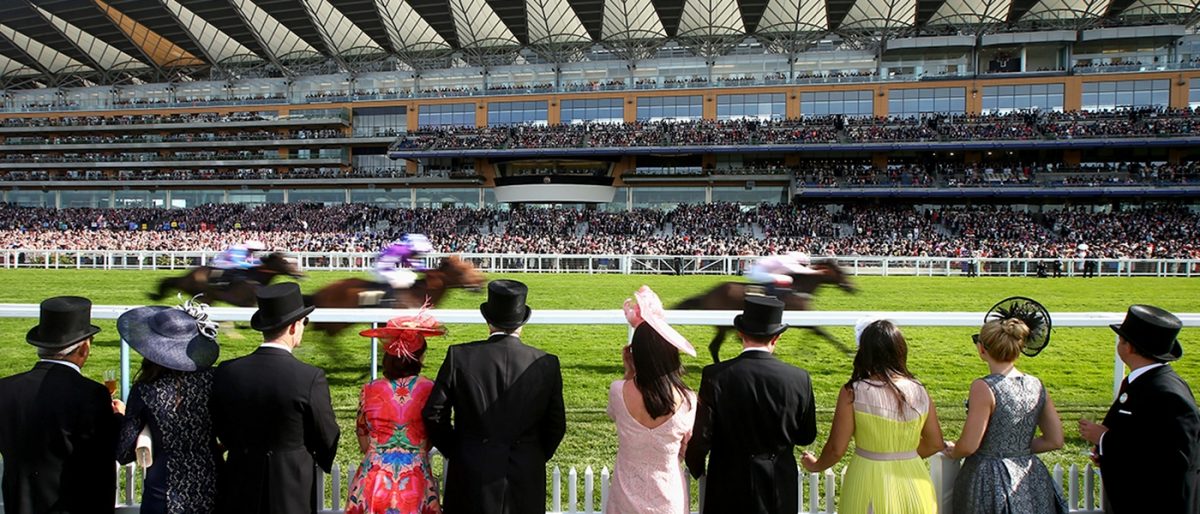
By James Turner
Edward VII once described with some vigour that Glorious Goodwood in Sussex was “a garden party with horse racing tacked on”. In saying this he was really describing the English summer social season where only the English insist on attending in the right hat, outfit and even wellington boots.
Such summer season events not only make for great people-watching and, for the purist, an excuse for a long weekend away. They are now, of course, huge days for corporate entertaining and celebrity spotting: So it’s either “Pack your glad rags we’re off to the races” or it’s a “Save the date for your most valued clients, we’re off on a jolly”.
The core of the classic summer social season events are English, as opposed to British, simply because “the Season” ran from Easter to August 12 – when grouse shooting began – in order to keep everyone entertained while Parliament was still sitting.
The most iconic events that are still the most popular today, therefore, took place within easy reach of London and still do. It’s somewhat unbelievable that, in the 21st century, the whole eco system of the summer social season not only survives but thrives, with some events approaching their 300th anniversaries.
For some the party begins with the Grand National at Aintree (on April 8), or the Oxford v Cambridge Boat Race (on the April 2) even before Easter with the Cheltenham Gold Cup Festival (opening on March 14), Glyndebourne (opening on May 20). For the traditionalists it’s the Chelsea Flower Show (opening on May 23) – which, along with Royal Ascot (opening on June 20), is an annual favorite of the Queen or even the FA Cup Final at Wembley (on May 27) that really feels like the start of the English summer season.
Sadly dress codes have relaxed over time and tickets are easier to get or certainly snapped up by the corporate world for entertaining – unless you’re aiming for the members’ enclosures where the hats are still out in force as “ladies day” becomes as much of the fixture as the racing. For the not so sartorial, the unhampered morning coats or what the Derby dress code refers to coyly as “substantial fascinators” (an Alice band with feathers), it’s a must-attend spectacle of the summer season: As Edward VII said it’s the greatest garden party with a race, regatta, chukka or opera tacked on, not to mention the best people watching and celeb spotting you can get.
If you have hosted guests at any of the summer social season events you will have heard the dreaded question of “What’s the dress code?” Or done your best to be as informative as possible to ensure your guests can decide what to wear without worrying they’ll get turned away at the members’ enclosure, never to live it down.
First and foremost dress codes in the country may be more traditional than in the city. Some guidelines on what to wear are based on practicality and functionality; clothes should be appropriate for the weather and the relevant outdoor activities. For example a woman would not wear very high heels for picnicking at the races as it may include a long walk on the grass. Jeans or cords, with a shirt, jumper or blazer, is appropriate.
At the races, men wear brown rather than black shoes, and tweeds with wellingtons. Women would now wear a tailored jacket in a social and business setting, but might choose either a waxed gilet, jumper or cardigan.
Outdoors weatherproof jackets are worn as opposed to woollen overcoats. Colours are muted; greens and browns are more rural than black or navy blue or anything hi-vis, unless you’re wearing your Oxford or Cambridge Blues to cheer on your team at the Boat Race. Country sports, even if you don’t participate, are the inspiration for the “‘correct style”; it’s always worth remembering that the wearing of polo whites or a hacking jacket by a fashionistas will cause much amusement among the purists. Note the saying “All the gear and no idea”. Even more of a no-no is dressing for the activity you are attending yet not taking part; for example a man wearing dirty whites at the polo when he hasn’t played that day should be avoided as should the man turning up at a shoot in plus fours when he’s not shooting.
Accessories are everything so scarves and woollen or fake fur hats are frequently worn by women while men may wear flat caps. Always remember such accessories as your binoculars, picnic hamper, champagne or sparkling wine not to mention the right 4×4 ensuring your picnic sits perfectly on the tailgate.
Finally for the diehard country set, they’ll tend to dress up for social and sporting events more than weekenders from the city. This may cause clashes of dress codes which should generally be avoided. As for other dress codes formal or otherwise, err on the side of effort and never be afraid to ask in advance what others are going to be wearing or check for the dress code statement on your invite.



